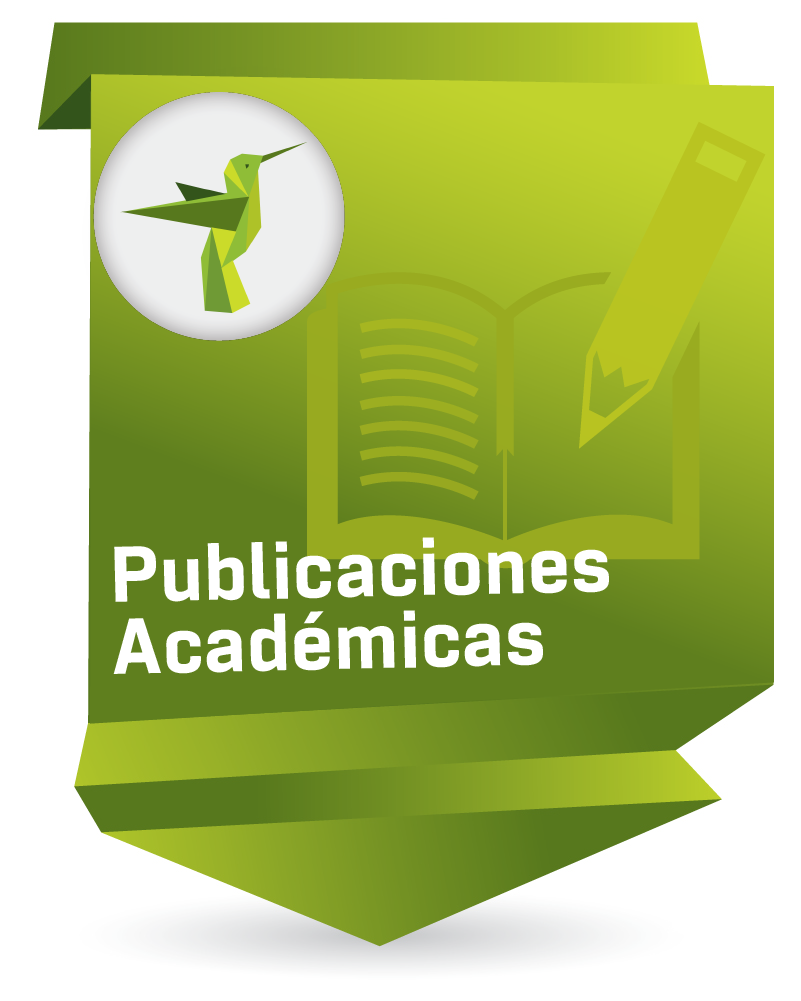Hermenéutica objetiva: el caso de Emilio Betti

Enlaces del Item
URI: http://hdl.handle.net/10818/44297Visitar enlace: https://dikaion.unisabana.edu. ...
Visitar enlace: https://dikaion.unisabana.edu. ...
ISSN: 0120-8942
DOI: https://doi.org/10.5294/dika.2 ...
Compartir
Estadísticas
Ver as estatísticas de usoCatalogación bibliográfica
Apresentar o registro completoAutor
Pérez Lasserre, DiegoData
2020-08-14Resumo
En el presente trabajo defenderemos que, en su teoría de la interpretación, Emilio Betti toma como base una estructura ontológica de la comprensión humana que resulta inadecuada. En particular, justificaremos que, si bien Betti reconoce ciertas estructuras existenciales del ser humano (como la historicidad), su afán de objetividad en la interpretación lo lleva a utilizar una dicotomía epistemológica de sujeto-objeto propia del positivismo cientificista que el autor intentaba superar a través de su trabajo. Nuestro mapa de ruta para intentar justificar lo anterior es el siguiente: comenzaremos analizando la estructura del conocimiento según Betti; luego revisaremos lo que nos dice sobre las formas representativas y los cánones de interpretación, para luego terminar por hacer explícitos los problemas y las insuficiencias en el pensamiento del jurista italiano. This paper defends that, in his general theory of interpretation, Emilio Betti
builds on an ontological structure of human understanding that is inadequate.
Notably, it justifies that, while Betti acknowledges specific existential structures
of the human being (such as historicity), his desire for objectivity in interpretation causes him to employ an epistemological subject-object dichotomy typical
of the scientistic positivism he tried to overcome with his work. The road map
to try to justify the above starts by exploring Betti’s structure of knowledge,
then reviews what he tells us about representative forms and canons of interpretation, and finally specifies the problems and insufficiencies of this Italian
jurist’s thinking.
Ubicación
Díkaion 29, 1 (2020), 246-268

















